Colorado, Mississippi, Minnesota, Montana, and Tennessee on Monday became the latest among a wave of states to declare that they would begin to ease CCP virus lockdown restrictions, in a bid to reopen their pandemic-ravaged economies.
Despite warnings from health experts that there is still too little diagnostic testing, the states said that under new health guidelines, they would prepare to reopen businesses and relax lockdown restrictions put in place to curb the transition of the
CCP (Chinese Communist Party) virus, commonly known as the novel coronavirus.
Tennessee Gov. Bill Lee (R) announced in a
news release that from Monday, restaurants in 89 of the state’s 95 counties would be able to operate at 50 percent capacity. The decision followed 14 days of stable daily average CCP virus infection rates, his office said.
“Tennesseans pulled together to flatten the curve, and it is time for people to begin to get back to work and back to their businesses,” Lee
said. “We are pursuing a careful, measured approach to reopening our economy that does not depend on heavy-handed mandates but instead provides practical tools for businesses of all sizes.”
Under the governor’s “Tennessee Pledge,” retailers will follow the same guidelines on Wednesday, with workers in both industries adhering to recommendations to wear cloth face coverings. Business owners must follow federal guidelines for hygiene and workplace sanitation standards related to the pandemic.
A record 26.5 million Americans have filed for jobless benefits since mid-March, and retail sales, home building, and consumer confidence have cratered. Before the pandemic, the U.S. jobless rate had been hovering at a 50-year low of 3.5 percent.
The nonpartisan Congressional Budget Office predicted on Friday that the economy would contract at an annual rate of nearly 40 percent in the second quarter.
The Senate on April 21 negotiated a
$484 billion CCP virus relief package, which includes aid for small businesses and hospitals, and funds for increased virus testing. The nearly half-trillion-dollar package was added to the $2.2 trillion rescue package passed by Congress in March to mitigate the economic effects of the pandemic.
In Mississippi, Gov. Tate Reeves (R) on Friday signed a “Safer at Home”
executive order that allowed the majority of retailers to operate from Monday at 50 percent capacity. However, places of “amusement or entertainment” such as movie theaters and museums, and venues where sustained person-to-person contact cannot be avoided, such as salons or gyms, will remain closed, Reeves’s office said.
“We are starting to reopen our economy,” Reeves said. “It’s not a light switch that only goes on and off. It’s a dimmer. We can take measured steps to make life better.”
Elsewhere, Colorado Gov. Jared Polis (D) allowed curb-side retail pickup to begin on Monday, with the reopening of hair salons and tattoo parlors from Friday.
In Montana, restaurants and schools will be allowed to resume on May 7, while churches can reopen starting Saturday, with social distancing measures put in place.
Georgia, Oklahoma, Alaska, and South Carolina have already forged ahead to restart their economies following weeks of mandatory lockdowns. Other states have issued plans for more relaxed rules in the coming weeks.
Public health authorities say increasing human interactions and economic activity now—without the means to do so safely—will only backfire, sparking a new surge of infections just as social-distancing measures appear to be bringing coronavirus outbreaks under control.
Medical experts say strict adherence to business closures and stay-at-home orders imposed over the past several weeks by governors in 42 of 50 states have worked to level off rates of hospitalizations and admissions to intensive care units.
The nearly 1 million infections across the United States have been attributed to The CCP virus with at least 56,245 deaths, according to a
tracking map from Johns Hopkins University, which collates official government data.
The White House on Monday unveiled plans to
expand and accelerate testing for the virus nationwide, giving all 50 states the capacity to test 2 percent of residents in the coming months. The administration faces mounting pressure to increase testing capacity, seen as key to faster lifting of lockdowns.
Reuters contributed to this report.
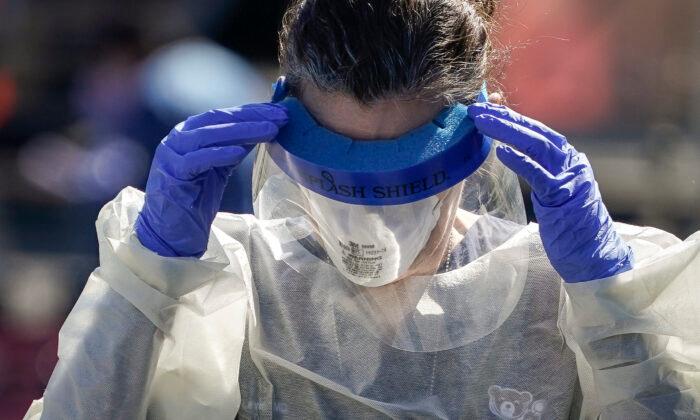

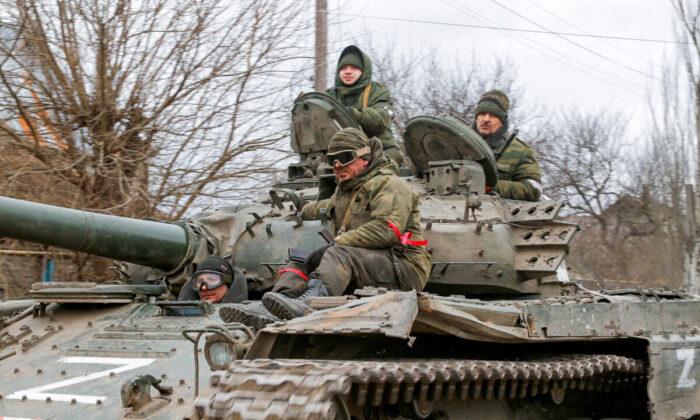
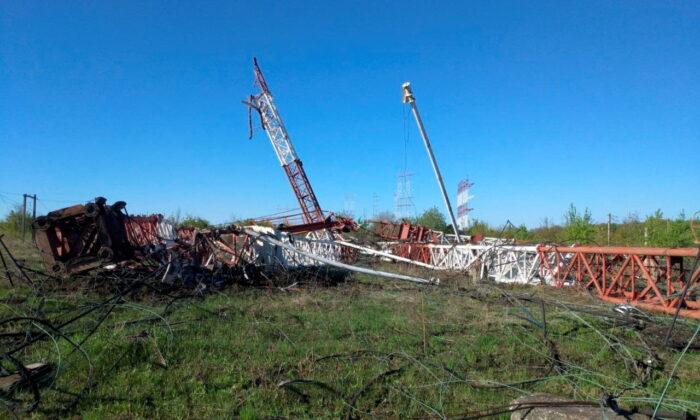
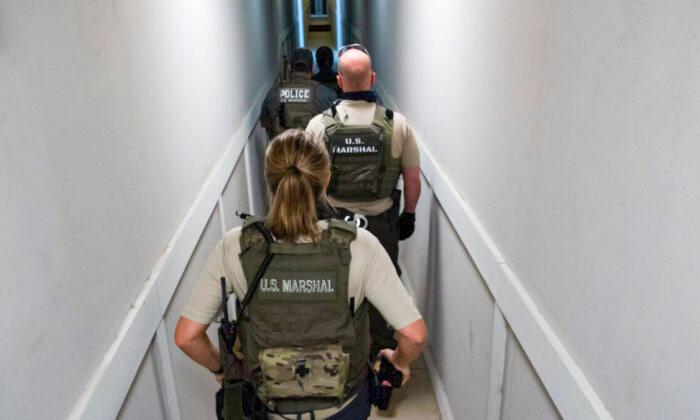
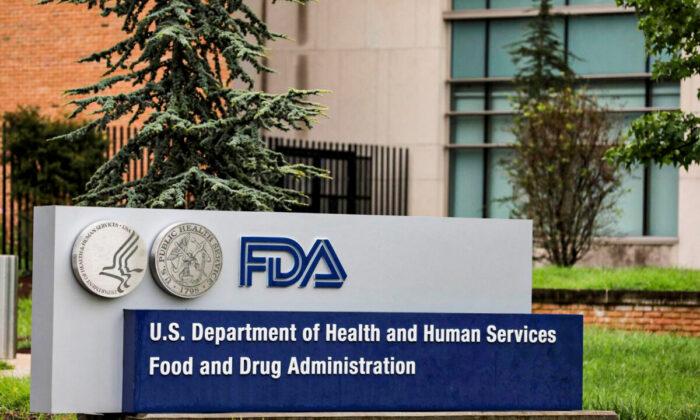
Friends Read Free